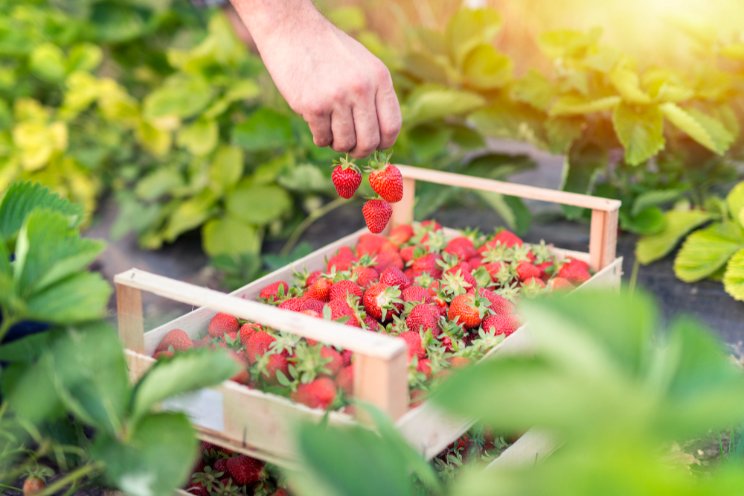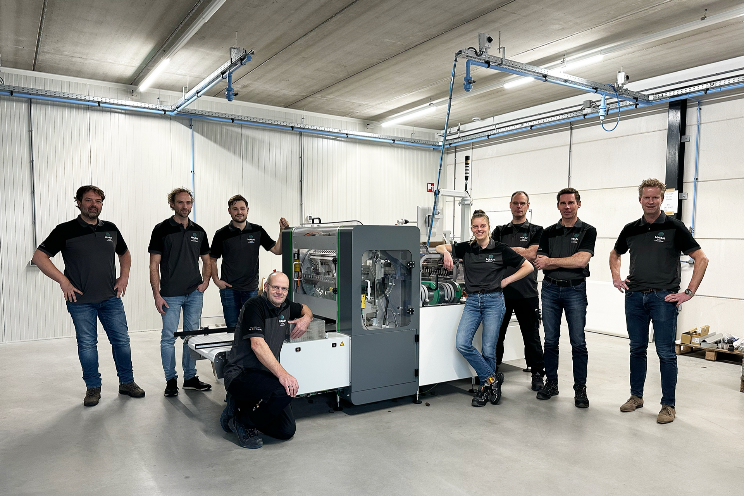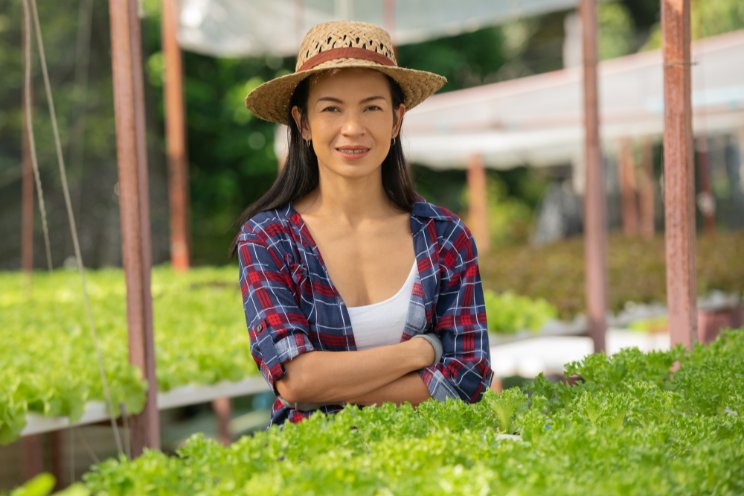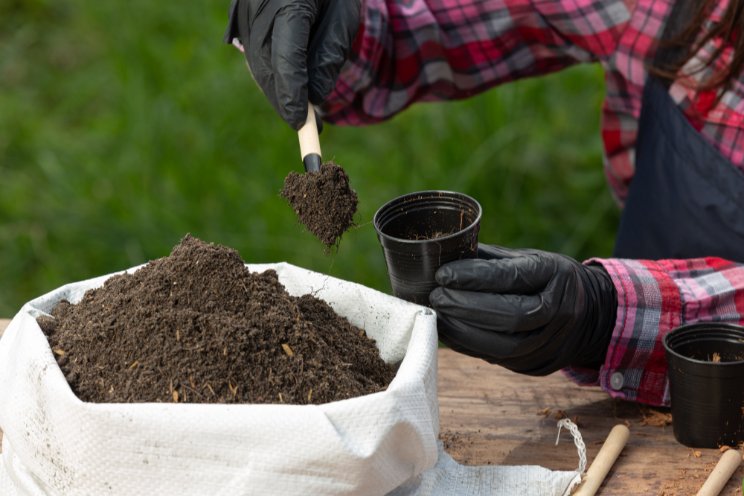Tips on picking the perfect greenhouse tomatoes
Added on 10 January 2020
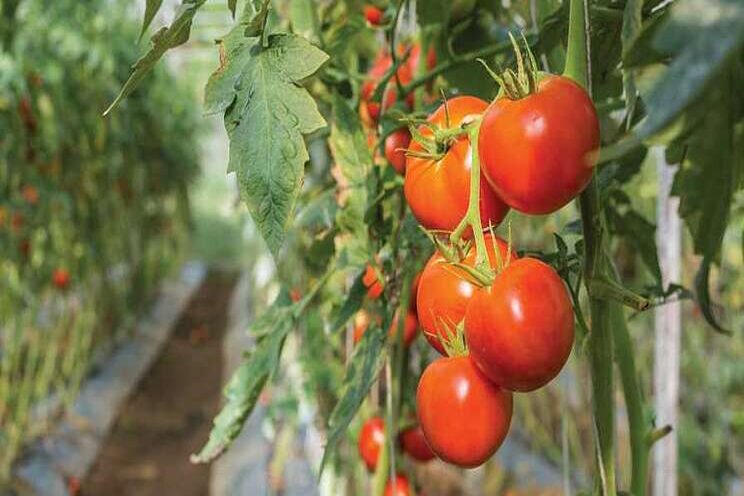
After all, while some fruit traits may be similar whether a variety is grown indoors or outdoors (taste, appearance, etc.), there are other requirements that may be much different for greenhouse-grown tomatoes, including light sensitivity, vigor, and pest susceptibility.
"The best varieties for greenhouse production come from breeding programs where the parental lines are preselected in those conditions and are used in a cross-breeding schedule to breed new material," says Freek Knol, Regional Manager Greenhouse Business North America with Enza Zaden. "That way, from the start, we have a gene pool adapted to a high-performance environment."
On top of this, breeders also must find the right balance between what growers might need versus what retailers or consumers are asking for.
"Our goal is to deliver the tasty tomatoes and develop varieties that will make growers happy, while also meeting the needs of packers and retailers," says Tomas Lomas Cano, a tomato breeder with De Ruiter Seeds. "The definition of a good variety will be different for each of them, which makes it a challenge for us."
The Value of Predictability and Uniformity
So how can growers decide which varieties are best for them? Jeroen Iprenburg, Technical Sales Rep for Active Greenhouse Crops - North America at Syngenta Vegetable Seeds, says a current key topic concerns farm labor and its effect on costs.
"A grower's daily concern is going to be labor," Iprenburg says. "Of course, they want a crop that is going to offer quality to the end consumer, but they also need a crop that is easy to grow, will offer a predictable performance, and will be easy to manage."
Lomas Cano echoes these sentiments.
"Uniformity and consistency are important," he says. "Growers are looking for a product that will have the same size, shape, and quality regardless of conditions."
Anne Williams, Global Product Manager for Tomato for Seminis and De Ruiter, says when it comes to varieties developed for greenhouse production, there are other factors growers will have to consider, including vigor control.
"If you're breeding a variety for field production, you need to build more vigor into the plant because of the increased environmental and pest and disease pressure it might face," Williams says. "There's more protection in the greenhouse, so if you were to push that same vigor level, you'd have too much growth."
Williams also points out that greenhouse growers will have higher fixed overhead costs, which will have to be factored into the cost of growing the plant.
"Before you plant one seed, you've got to cover the costs of your structure, your irrigation system, and your heating systems," Williams says.
Therefore, growers need to be confident from the very beginning that they are making the right choice.
"If you're going to add a variety, you have to be absolutely convinced that it's the right variety, that there is a market for it, and that it will work in your system," Williams says. "You also need confidence in the genetics and the experience the breeder has had with that variety."
Knol lists a number of other factors growers need to consider, including plant habit, required fruit size based on market segment, and yield indicators, including speed of cluster development, how well the flowers are setting fruit, how many flowers on a cluster, speed of flowering, and percentage of setting.
"The grower should work with the seed company to select indeterminate materials, which offer continuous growth, as compared to a determinate variety, which will stop growing after a certain amount of time," Knol says.
Partnering for Success
Getting to this point requires a great deal of cooperation between the breeder and the grower. While growers need to be in communication with breeders, it's a two-way street, as breeders need to know about the challenges growers have faced in the past, and how much their supply chain customers are dictating what they should be growing.
"Through focused market research, global collaboration, and customer interaction, we gather insights and feedback from all links in the chain to build a strong pipeline of traits that continuously enhance our variety offerings," Iprenburg says. "That collaboration with growers is important, as we can show them new trends, and they can give us ideas about where we can go with genetics."
The easiest way to determine how a variety is performing is through a trial, Knol says.
"Performing trials in the greenhouse is a necessary step for growers of all sizes," Knol says. "We suggest running your trials in cooperation with your seed supplier, as they can provide guidance based on their extensive trial databases."
If the final trial results are not overly exciting, that's where discussions with the breeding companies come into play.
"Together, growers and seed companies can determine what else may be in the variety that, in further experiments, may be able to improve results," Knol says.
The good thing is, when you get it right, it's a great feeling.
"When you know you've got the combination of characteristics and traits that means a grower can grow a consistent crop with great marketable yield through the life cycle of his or her crop," Williams says. "If it's something that fits what the consumer in that market is looking for, you are all winners."
Why Flavor Must Remain a Focus
In recent years, much of the work that goes into trialing which varieties work best for greenhouse production has shifted from the university to the breeder level. However, Rick Snyder, a Professor and Extension Vegetable Specialist at Mississippi State University, points out there are universal factors that need to be considered.
"Flavor attributes need to be at a higher priority than they have in the past," Snyder says. "Many excellent tasting varieties have been discontinued and are no longer available because they were better in some other traits. Yield is and will be important as long as produce is sold by the pound but selling large-yielding varieties at the expense of poor taste is a long-range, serious mistake. It causes loss of return customers and sales to drop off."
Snyder does emphasize that overall, breeders of greenhouse varieties have done an excellent job.
"Cracking is rare in greenhouse varieties today, and disease resistance is excellent," he says.
Source and photo courtesy of Greenhouse Grower
Source: Greenhouse Grower
More news

